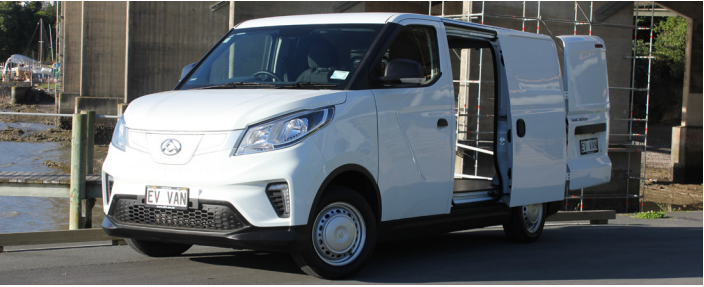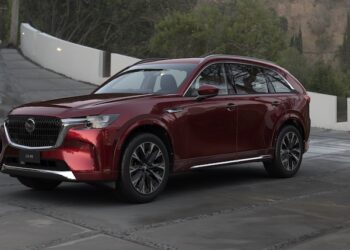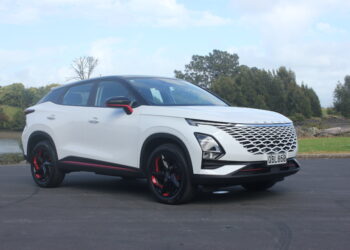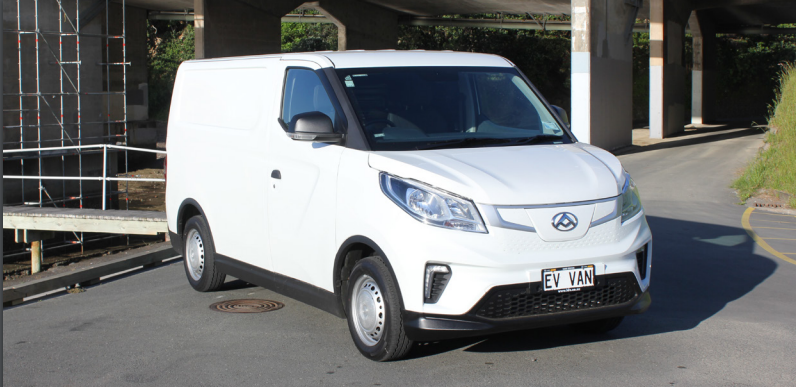
In 2019 the arrival of the Tesla Model 3 saw registrations of electric vehicles rocket in New Zealand. Late in 2020, the MG ZS EV is (admittedly in smaller numbers) causing a spike in registrations – expect over 100 to be on the road by sometime in January and more to follow.
Both were big steps for the EV scene. The Model 3 in outright volume, the MG in its price point and opening up of the new EV market to a broader base of buyers. It is expected to do very well with fleets and the government in coming months.
So what will play that ‘gamechanger’ role in the market for 2021? May I present to you the LVD eDeliver3 as a candidate.
Why would I expect a small Chinese van to play such a big part in the EV market next year? Well, the eDeliver 3 arrives at a time of change in the commercial market, and that presents opportunity.
Firstly, the government has mandated its departments must go electric, ideally by 2025. Many have vans, for which the eDeliver 3 is a direct swap. Many have utes, and with no EV utes in the market, the LDV may do the trick.
Secondly, safety regulations have restricted what used importers can bring to Japan in the van space. It is now near impossible to import a cheap Hiace, with the entry point now close to $40,000, about the same as a new entrylevel van. As you will see soon, that gets close to the price of an eDeliver 3, and without the cost of fuel the cost-of-ownership equation will more often than not come out in its favour. Businesses are generally more aware of cost of ownership than private buyers.
Thirdly, range. While European electric vans, and there are a few coming, are focused on last-mile operations and run maybe 100km of range, the Chinese seemed to have settled on range options that work for Kiwis.
But the question is, is the eDeliver 3 any good? It is, very good. But please read further. Or head over to the Auto Media Group Youtube channel and check out our video review there.
Four versions of the eDeliver3 are going to arrive in New Zealand next year. All are basic panel vans, there is no passenger version. The first choice is wheelbase, short or long, with 4.8 cubic metres of carrying capacity of up to 905kg. The long-wheelbase version carries up to 6.3 cubic meters or 1020kg.
That means the long-wheel base model matches an entry level Hiace for capacity and load weight. It matches or beats the Renault Trafic/Mitsubishi Express for capacity but is behind on load weight, and sits between the short and long-wheel base Volkswagen Transporters.
The second option to choose is battery. You can have a 35kWh battery, for which LDV NZ claims a 280km range and a 52.5kWh battery for which they claim up to 400km of range. Go for the bigger battery, and expect with some load and motorway driving the 280km range – 400 is far too ambitious.
There is still a penalty for going electric. The eDeliver 3 range opens at $49,990 plus GST, so $57,488.50 in normal terms. This makes an entry level model some $12,000 more than an entry level Hiace. This sounds like a lot, but run the numbers and it turns out the gap is gone by 60,000km – very little distance in the life of a commercial van. For the bigger battery the payback is around 85,000km. This is based on the short-wheelbase model – we don’t yet know the price of the larger van.
So what is the van experience like in the eDeliver 3? We will start at the back, arguably the most important aspect of a van. The load area is accessed by barn rear doors or a single passenger side sliding unit. The rear is well lined with plenty of fixing points for a professional fit out. The space is long and low compared to most other vans, which may make those that like to work in the van wait for the larger eDeliver9.
A bulkhead between the cabin and load area is standard, something the Hiace misses out on and some fleets require.
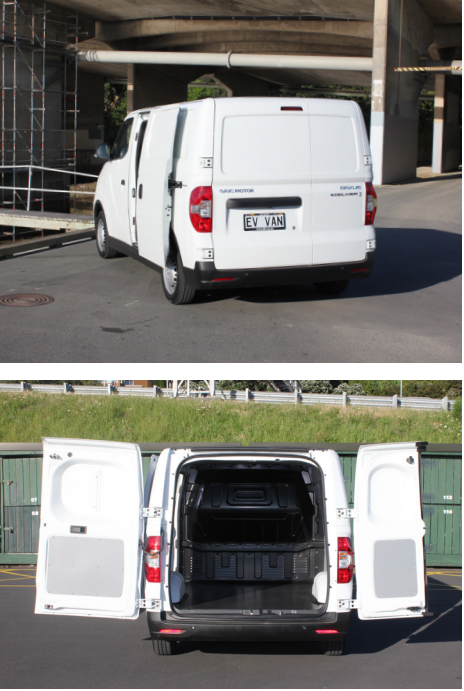
The driver’s cab feels surprisingly spacious, and the design overall feels modern and durable. A van is the one place in the automotive world that hard plastics are welcomed. The seats feel lifted from something a lot sportier and are very comfortable – they are also heated. The airconditioning unit is a little unique – you can switch on cold air or warm air, or dry, warm air for the windscreen. I guess this makes you think about your energy use and saves weight.
The touchscreen infotainment system is basic but works well enough, and is home to the rear-view camera. There is no rear view mirror due to the bulkhead, but the side mirrors are large and well-shaped.
The driver gets a small amount of information – motor speed, voltage, battery percentage, etc – through a small screen in the otherwise conventional dash. You select drive through a dial on the dash – there is no park, something couriers may question initially.
Peak power is rated at 90kW with 255Nm of peak torque. Performance unladen is sprightly, with a responsive throttle pedal and solid brakes. Road and motor noise are pretty good for what is a steel, aluminium and composite box. If there is a critique of how it drives it is that the steering, when unladen, is a little too sensitive.
Also open for criticism could be safety levels. We don’t have a crash rating for the van yet, but it should be noted there are only front airbags, and no active safety features like autonomous braking or lane keeping. Yet. We won’t pass judgement until we see a final production specification from LDV.
Overall, the eDeliver 3 is an impressive bit of kit – offering a lot more than the Nissan e-NV200 and Renault Kangoo ZE vans, and nearly matching diesel options on ability and not far off on price. Expect to see a lot of them next year.
A PICKUP COMING?
The eDeliver 3 has a version – not yet confirmed for New Zealand – that could find even more demand from farmers and worksites.
A cab chassis model is also available overseas, only with the larger battery. While it is being initially considered as a box or chiller truck overseas, for Kiwi tradies the option of a drop-side flat deck could make it a suitable ute replacement.
LDV’s local distributor says they are considering the model, though have no details yet.
They are also awaiting the arrival of an electric version of their T60 ute.
